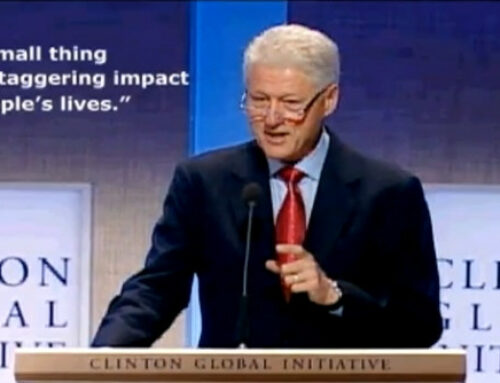Nowadays, we love hearing about the biggest, the strongest and the fastest! But instead of turning on the next reality TV show, let’s open a book and take a trip to the limits of human ability.
An increased reading speed means having more time
Imagine you could read fast. Really, really fast. You could blow through a 200-page guidebook like it was nothing. You’d only spend ten minutes reading your 150 daily emails. Wouldn’t that make life so much easier? While your colleagues need to spend nearly five hours a day reading in order to keep up with the information relevant to their work, you’d be done with all that in half an hour and could take a longer lunch. Or go home earlier and spend more time with your kids. Or learn everything you’ll need to know to excel when you get that next promotion. Nice!
Sean Adams is the world record holder. He can read 3,850 words a minute, which works out to be about seventeen times faster than you are probably reading this right now. The second fastest reader in the world, a Norwegian Kjetill Gunnarson reads a remarkable 3,050 words a minute, fifteen times faster than the average European.
A 1000 words per minute
But who would really want to read that fast? Imagine how many novels you’d have to buy to have enough reading material for a week at the beach! It’s best for us to concentrate on a speed that’s more realistic for “everyday” people: for example a thousand words per minute.
Does that number still make your jaw drop? Believe me, it’s not out of reach for you. You just have to learn the ropes. And practice, practice, practice! You can do it.

Purchase now: BrainRead – Effective Speed Reading. Reading like the Swedish. Amazon Kindle Edition
175 Pages, $ 10.91







